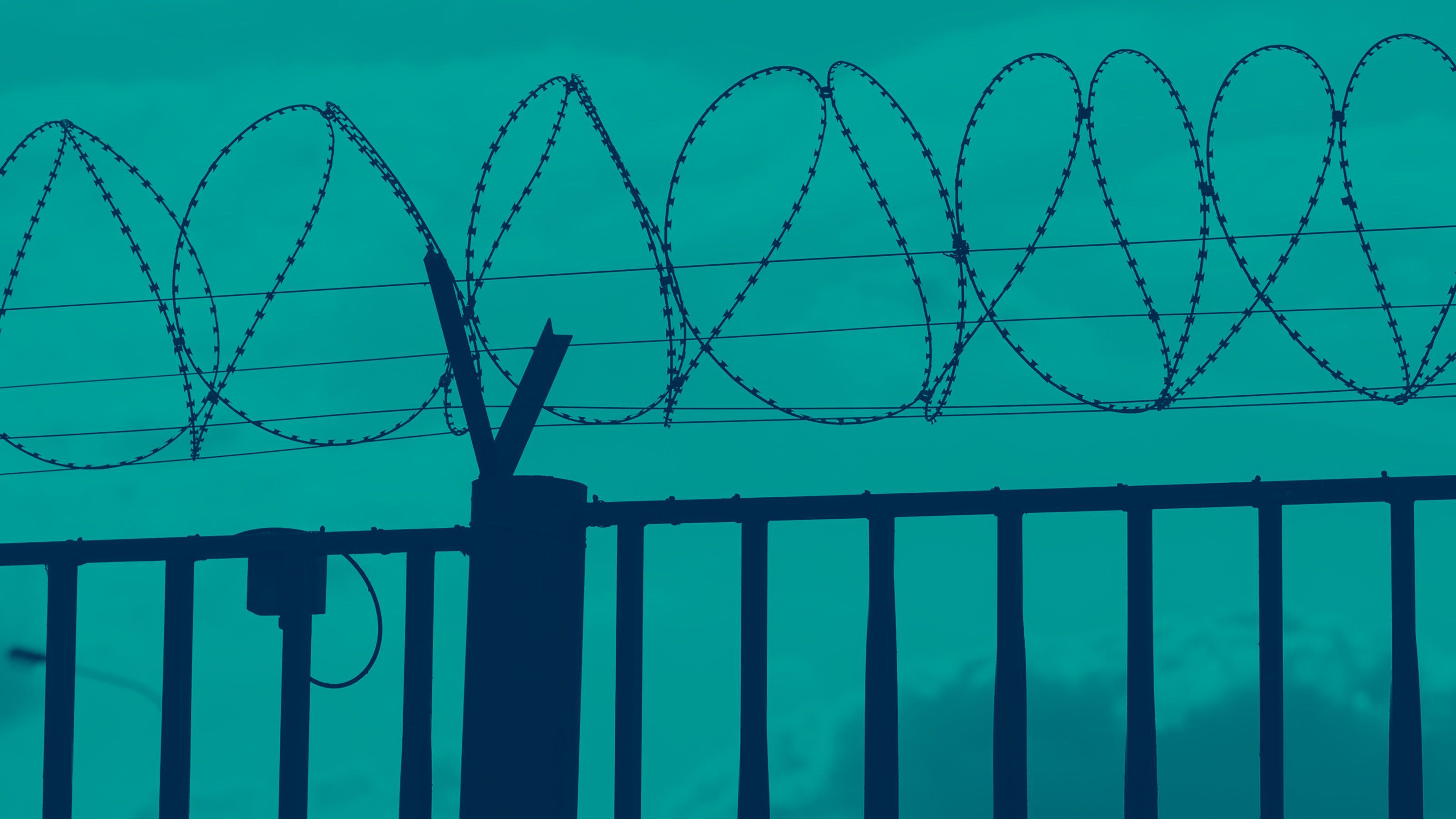Registration
You will receive an email confirming your registration.
Seeking the Bomb, Vipin Narang’s upcoming book, explores how states pursue nuclear weapons and the strategies available to the next generation of potential nuclear proliferators. Narang posits that each strategy provides opportunities for developing nuclear weapons as well as vulnerabilities which may discourage states from doing so. The case studies delve into key questions on how these strategies affect the character of nuclear proliferation and non-proliferation, why states prefer one strategy over another, and how their choices impact international security and the global power structure.
Carnegie India hosted Vipin Narang for a discussion on his upcoming book on the dynamics of nuclear proliferation and strategies undertaken by states to pursue nuclear weapons. The discussion was moderated by Srinath Raghavan.
Discussion Highlights
- Motivations for Proliferation: Participants explored states’ motivations behind acquiring nuclear weapons and examined the technical pathways available to states while pursuing nuclear proliferation. Participants examined the stimuli behind states pursuing a nuclear weapons program, such as security threats, domestic politics, status, and technological availability. They also discussed the interminable nature of nuclear proliferation where some states are actively pursuing nuclear programs while other states are quietly considering options of independent nuclear capacity. Participants acknowledged the volatile process of proliferation where proliferators are under the constant peril of counter-proliferation in the form of sanctions and sabotage. Therefore, active proliferators are constantly crafting tactics to dodge confrontation by existing nuclear weapons states. Participants further considered how the threat of counter-proliferation and sabotage may deter some states’ motivation to pursue nuclear weapons while some other states remain undeterred.
- Process of Proliferation: Participants discussed how the process of proliferation is impacted by a state’s capacity to organize a nuclear weapons project. For instance, personalist dictatorships are poor at pursuing a nuclear weapons program as they cannot organize and sustain the program efficiently. Participants identified that each state has a custom approach to pursue a nuclear weapons program wherein some states seek nuclear capacity as quickly as possible while other states do not even pursue a fully operationalized nuclear weapon. They noted that two-thirds of the current proliferators never sought a fully weaponized nuclear capability. Instead, they acted on the decision to weaponize in the future. Participants also addressed the notion that proliferation is rare or is doomed to fail. They pointed out that the empirical record suggests that almost half of the states that wanted to acquire nuclear weapons were able to do so successfully.
- Hedging vs Active Weaponization: Participants examined two categories of proliferation—hedging and active weaponization—based on the goals behind the states’ decision to proliferate. While hedging, a state just wants a nuclear option, but it has not decided to weaponize fully; however, when engaging in active weaponization, the state has made the domestic political decision of facing the security threat that comes with proliferation. Participants noted three types of hedging: first, technical hedging, where fringe elements want to divert a civilian nuclear energy program for a militarized nuclear program; second, insurance hedging, where states under the extended deterrence architecture of a superpower have the intention to breakout and develop an independent deterrence capacity; third, hard hedging where the state has not yet made a consensual domestic political decision to acquire nuclear weapons. Participants also discussed three types of active weaponization: first, sprinting, where a state wants the bomb as fast as possible; second, sheltered pursuit, where a state takes advantage of a superpower who is willing to tolerate the state’s nuclear weapons program in pursuit of higher geopolitical goals; and third, hiding, where a state pursues a clandestine nuclear program. Participants underscored that hiding and sheltered pursuit are the most dominant strategies with hiding being the most disruptive.
- Evolution of the Proliferation Process: Participants discussed the changing landscape of counter-proliferation and the subsequent response by proliferators. Participants examined how states have constructed more sophisticated forms of counter-proliferation which have led to more calibrated responses by proliferating states. Consequently, they noted, sheltered pursuit has become a popular strategy adopted by states as they no longer must worry about responding to counter-proliferation attempts under the umbrella of a superpower. Participants also deliberated upon how different regime types and domestic political structures pursue nuclear weapons. They explained how domestic politics is a powerful driving agent in the proliferation process, observing that security provides a motive for weaponizing, but domestic political consensus provides the momentum for proliferation. Participants concluded the discussion by examining the future trends of proliferation and how existing nuclear weapons states should address any potential proliferators.
This event summary was prepared by Anahad Kaur Khangura, a research intern at Carnegie India.
